Total of 2004 characters, estimated to take 6 minutes to read.
To me, generative AI is like the shocking feeling I had when I first learned about Bitcoin when it was only 70 RMB. It overturned your traditional concepts.
Generative AI is an artificial intelligence technology based on machine learning that can learn from a given data set and generate new data, such as images, audio, text, etc. The principle of generative AI is based on a neural network model, in which a deep learning algorithm is used to learn the probability distribution of data and generate new data that is similar but not exactly the same as the input data set.
Generative AI has a wide range of applications, such as image generation, text generation, speech synthesis, etc. In terms of image generation, Generative Adversarial Networks (GANs) is a very popular generative AI technology that can generate realistic images and even virtual characters and scenes. In terms of text generation, technologies such as recurrent neural networks (RNN) and transformers can also be used to generate new texts, such as movie scripts, news articles, etc. In addition, generative AI can also be used in human-computer interaction, natural language processing, game design and other fields.
The impact of generative AI on the future is huge. It can help people better understand human thinking and creativity, while also bringing more fun and entertainment to humans. In the future, generative AI may be combined with technologies such as augmented reality and virtual reality to create a more realistic virtual world. In addition, generative AI can also be used for automated creation, such as automatically generating music, paintings, etc., thus bringing greater efficiency and innovation to human creative work.
In short, generative AI is a very promising artificial intelligence technology that will continue to bring us more surprises and innovations.
1. How Generative AI Works
Generative AI is mainly based on deep neural networks. By training large-scale data sets, it learns to abstract the essential laws and probability distribution of data and uses generative models to generate new data. Generative AI can be achieved in the following two ways:
- Autoregressive Model
A recursive generative model is a generative model based on conditional probability, which can generate subsequent content related to previously generated content. Common recursive generative models include recurrent neural networks (RNNs) and transformers. Taking a recurrent neural network as an example, its working principle is as follows:

- Enter a starting symbol;
- The recurrent neural network predicts the probability distribution of the next symbol based on the current input symbol and the state at the previous moment;
- According to the probability distribution, randomly sample the next symbol and use it as the input for the next moment;
- Repeat the above steps until a text of the specified length is generated.
The disadvantage of the recursive generative model is that it cannot take global information into account at the same time, and is therefore prone to local incoherence problems.
- Generative Adversarial Networks (GAN)
Generative adversarial network is a generative model based on adversarial learning, which can generate realistic data such as images, audio, etc. GAN mainly consists of two parts: generator and discriminator:
- The generator generates fake data based on random noise;
- The discriminator classifies real data and fake data to train the generator to generate more realistic fake data;
- The above process is repeated until the fake data and real data generated by the generator are difficult to distinguish between the discriminator.
The advantage of GAN is that it can generate high-quality data, but its training process is relatively complex and requires balancing the performance of the generator and the discriminator to prevent the generator from falling into a local optimal solution.
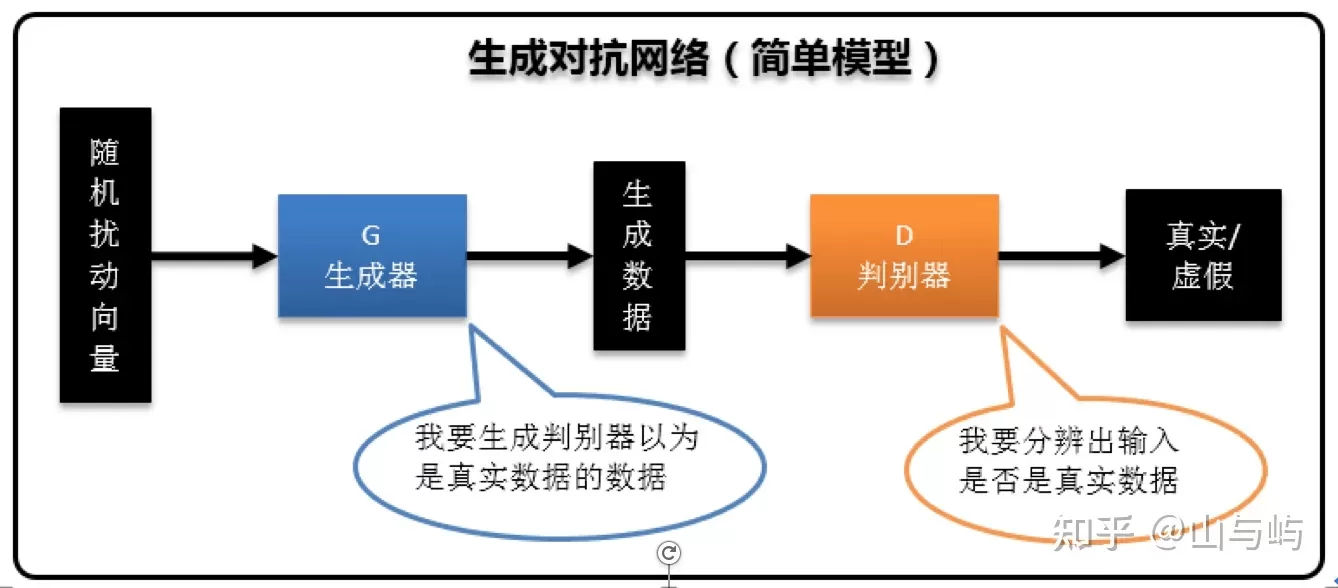
2. Main Algorithms of Generative AI
- Recurrent Neural Networks (RNNs)
Recurrent neural network is a recursive generative model that can process sequence data. Its characteristic is that it transfers the state of the previous moment to the current moment through continuous iteration, thereby realizing the modeling of sequence data. RNN mainly includes different variants such as basic RNN, long short-term memory network (LSTM) and gated recurrent unit (GRU).
- Transformer
The transformer is a generative model based on the self-attention mechanism. Compared with the recurrent neural network, it can simultaneously consider global information and avoid the problem of local incoherence. The transformer mainly consists of two parts: the encoder and the decoder. The encoder converts the input sequence data into a set of feature vectors, and the decoder generates the output sequence based on these feature vectors.
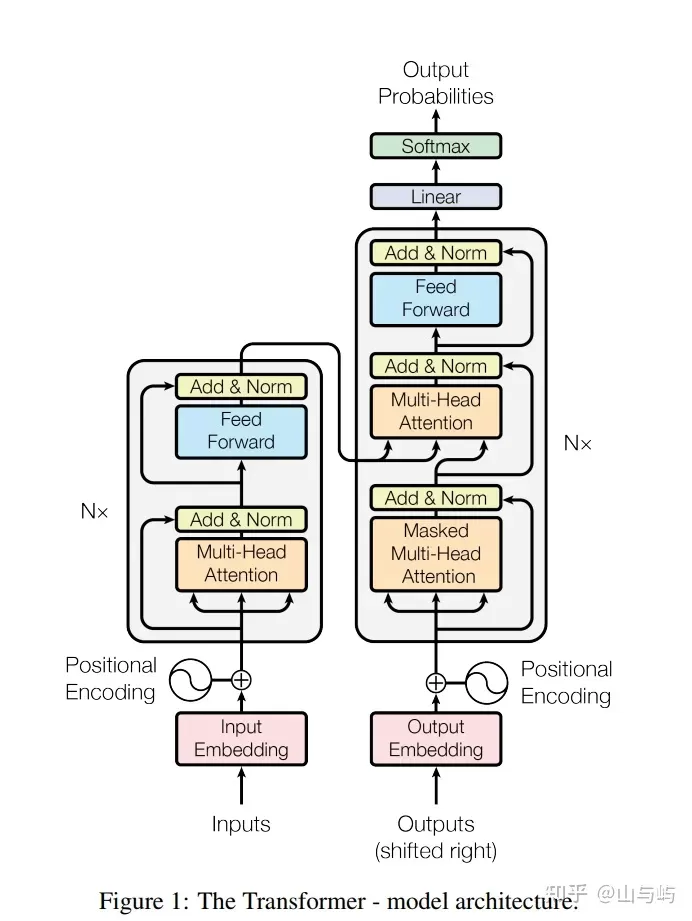
- Generative Adversarial Networks (GANs)
Generative adversarial network is a generative model based on adversarial learning. Its main idea is to let the generator and the discriminator compete with each other, so as to improve the ability of the generator to generate realistic data. The training process of GAN is relatively complex, and it is necessary to balance the performance of the generator and the discriminator to prevent the generator from falling into the local optimal solution.
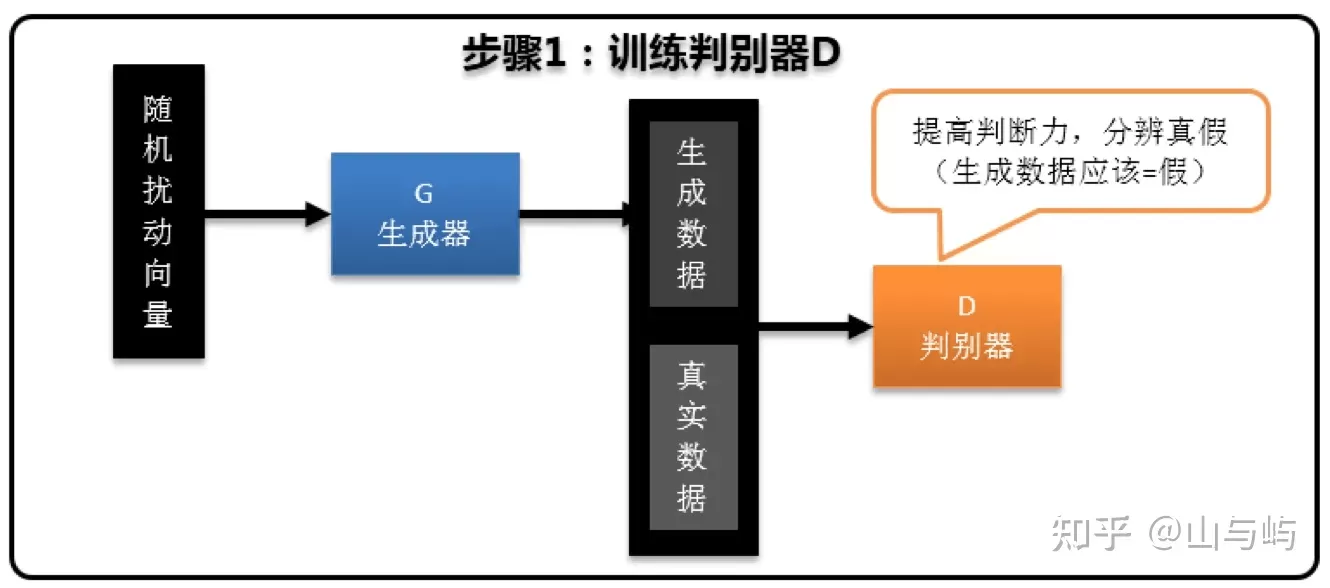
Step 1: Train the discriminator
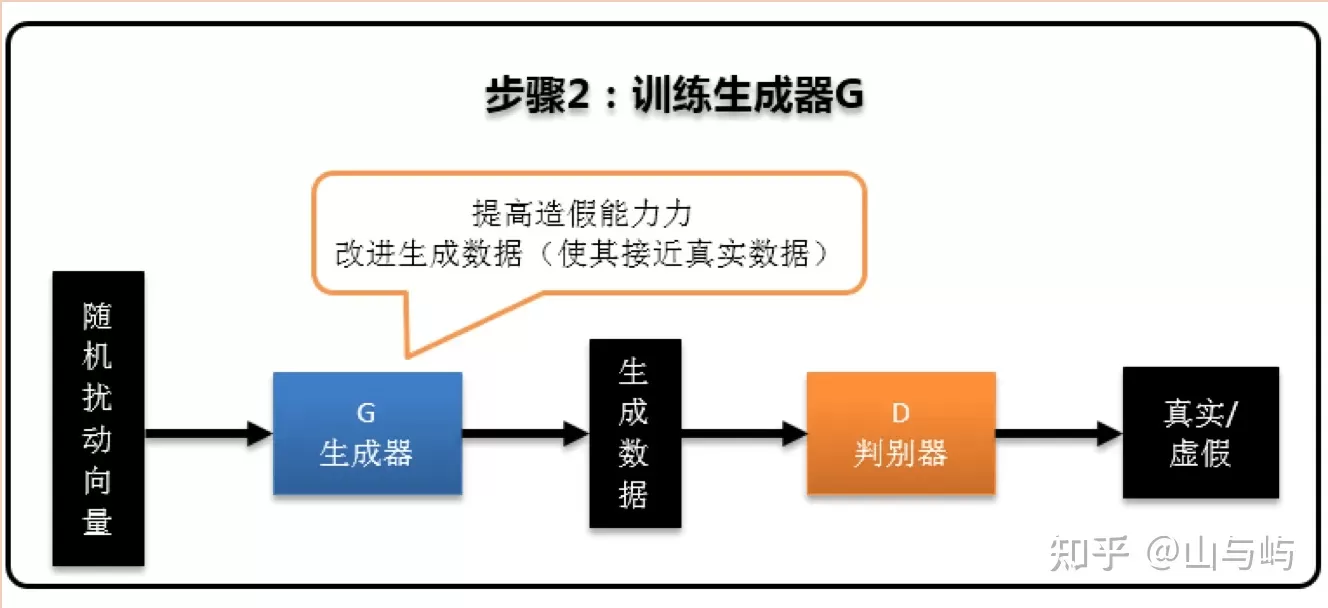
Step 2: Train the generator
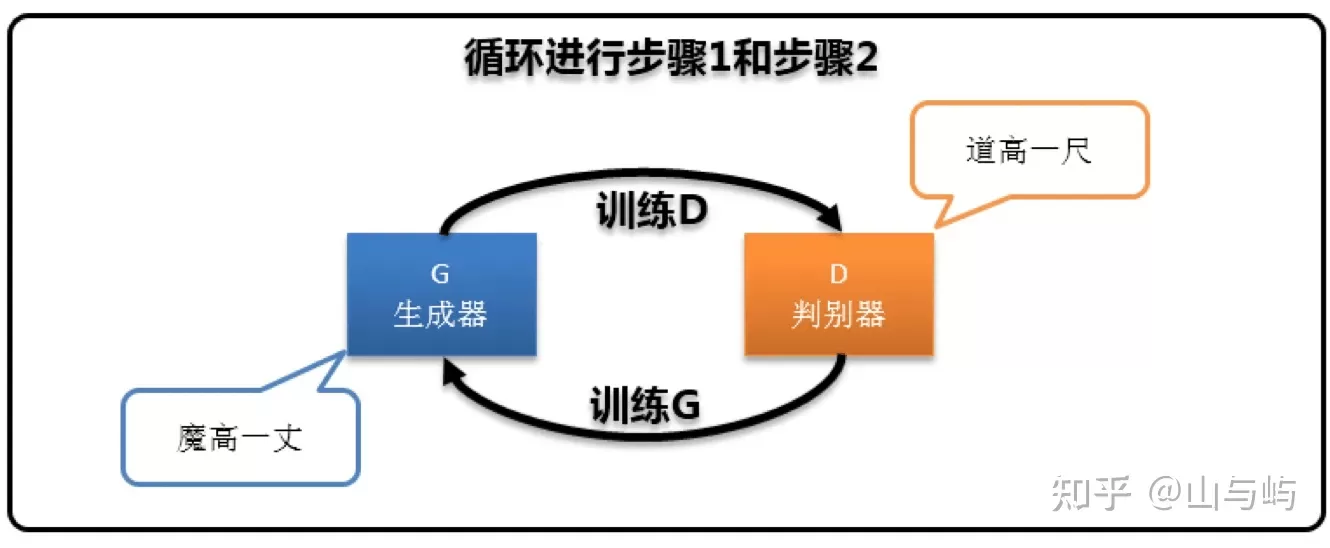
Step 3: Iteratively train the discriminator and generator
Train until the discriminator cannot distinguish whether the content generated by the generator is true or false
III. Application Areas of Generative AI
Generative AI has a wide range of applications in natural language processing, computer vision, audio generation and other fields.
- Natural Language Processing
In the field of natural language processing, generative AI can be used for tasks such as text summarization, machine translation, and dialogue systems. The most representative of these is the transformer-based Transformer model, which has achieved good results in machine translation tasks.
- Computer Vision
In the field of computer vision, generative AI can be used for tasks such as image generation and image restoration. The most representative one is the DCGAN model based on the generative adversarial network, which can generate realistic images.
- Audio Generation
In the audio field, generative AI can be used for tasks such as speech synthesis and music generation. The most representative one is based on the Wavenet model, which can generate high-quality speech and music.
As an emerging artificial intelligence technology, generative AI has broad application prospects and will play an important role in more fields in the future.
Discover more from Li yingjie Pests
Subscribe to get the latest posts sent to your email.















![[litu100] ID.134 2007.03.23 Weiwei](https://lyjhc.com/wp-content/themes/puock/timthumb.php?w=120&h=80&a=c&zc=1&q=90&src=https://lyjhc.com/wp-content/uploads/2025/02/litu6190.webp)


![[litu100] ID.100 2006.09.16 Yuhui](https://lyjhc.com/wp-content/themes/puock/timthumb.php?w=120&h=80&a=c&zc=1&q=90&src=https://lyjhc.com/wp-content/uploads/2025/02/litu4733.webp)
![[litu100] ID.449 2010.04.02 Sugar Crystal](https://lyjhc.com/wp-content/themes/puock/timthumb.php?w=120&h=80&a=c&zc=1&q=90&src=https://lyjhc.com/wp-content/uploads/2025/02/litu19120.webp)